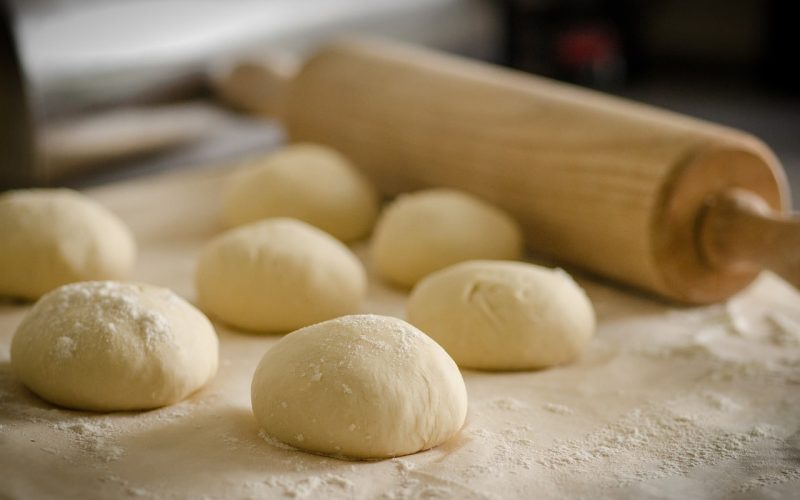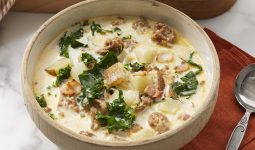Bread is a staple diet for many cultures. While it may seem plain and straightforward, it has many ingredients.
However, this article explains the elements that are very important in baking bread.
This article will focus on the ingredients you need to make the bread while making it.
You must consider Flour, yeast, sugar, salt, oil, water, starters, etc. Below are the ingredients for Bread.
Ingredients for Bread
Bread has four main ingredients: Flour, water, yeast, and salt. Flour is the primary ingredient, and the type of Flour you use will determine the bread you end up with.
For example, all-purpose Flour will give you a more neutral-tasting bread, while bread flour will give you a slightly more robust flavor.
You can use water to hydrate the Flour and help the dough come together. Yeast makes bread rise and can be active, dry, or instant.
Add salt for flavor and to help control the yeast. However, there are many more ingredients for bread, which we will explain below;
1. Flour
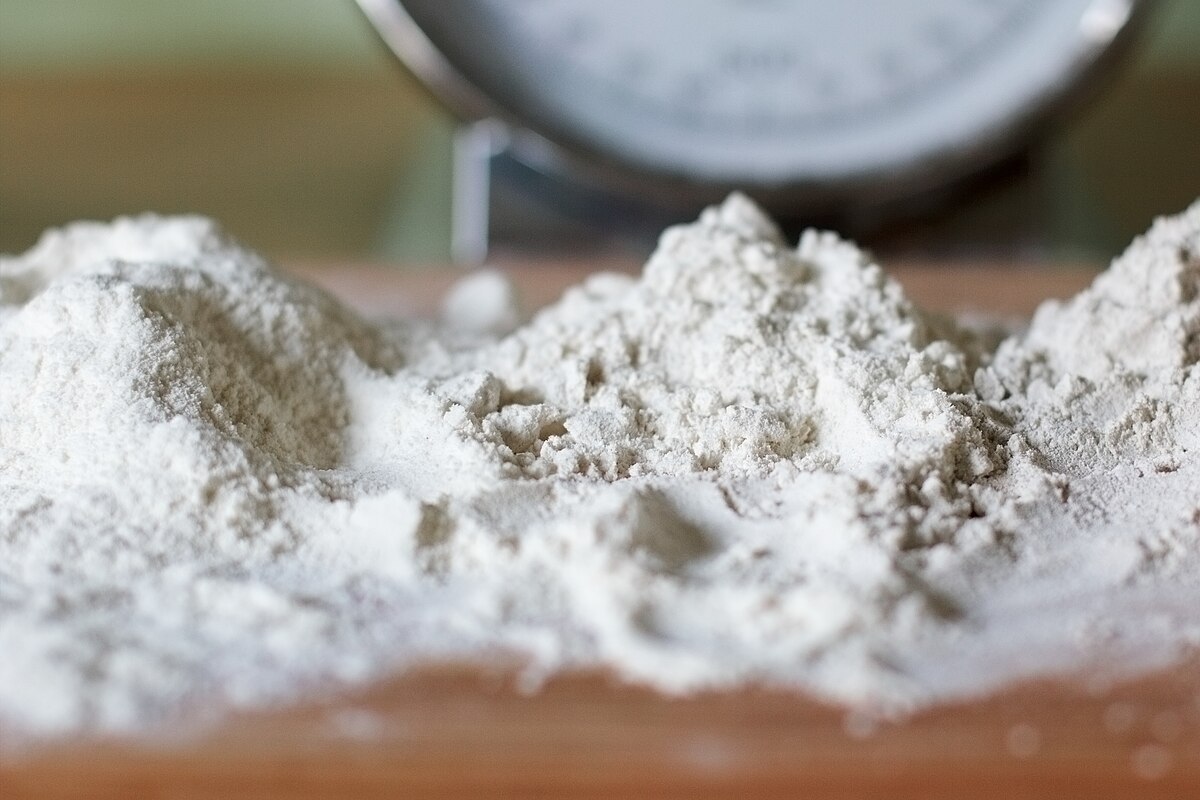
Bread is a staple food in many cultures, and Flour is one of the main ingredients. Flour is made from grinding grains like wheat, rye, or barley.
The type of Flour used in breadmaking affects the bread’s texture, flavor, and appearance.
Bread made with whole wheat flour is usually denser and has a nuttier flavor than bread made with white Flour.
2. Water

Water is one of the critical ingredients for bread, Flour, yeast, and salt.
Without water, bread would not be able to rise and would instead be dense and heavy.
The water in bread helps hydrate the flour and, when combined with the yeast, forms a sticky, elastic dough.
This dough traps gas bubbles, which helps the bread rise. Salt is also added to bread dough to help control yeast growth and add flavor.
Water is an essential ingredient for bread making. It hydrates the flour, allowing the gluten to develop and giving the bread its structure. Without water, bread would be dense and dry.
The amount of water you use will depend on the Flour you’re using and the desired consistency of the dough.
3. Salt

Bread is a staple food in many cultures, and salt is among the most common ingredients used to make it.
Salt gives bread its flavor and helps preserve it. The bread made without salt can be bland and unappetizing.
Salt is essential for breadmaking, as it provides flavor and helps prevent the bread from becoming moldy.
The amount of salt used in breadmaking varies depending on your bread. For example, sourdough bread generally uses less salt than other types of bread.
Bread made with salt is more shelf-stable than bread made without salt, as salt helps to prevent mold and bacteria from growing.
This is why bread made with salt is often used for sandwiches and other foods that need to be stored longer.
If you make bread at home, add salt to the recipe for the best flavor and texture.
4. Yeast
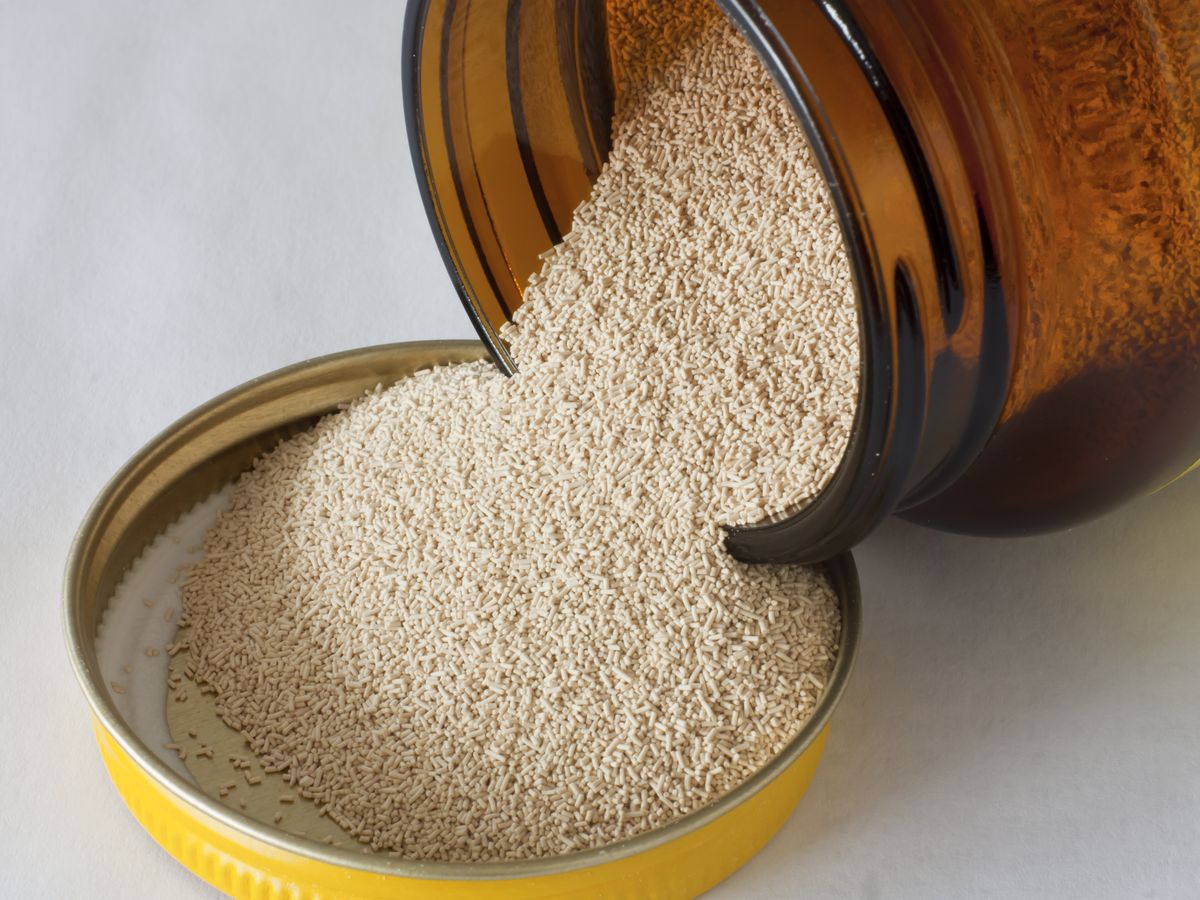
Bread is one of the most common and staple foods in the world. We make Yeast from Flour, water, and yeast.
It is a microorganism responsible for making bread rise and giving it its characteristic texture and flavor.
There are many types of bread, from basic white bread to more complex and flavorful varieties like sourdough bread.
Bread is a staple food in many cultures, and yeast is a crucial ingredient in its preparation.
Yeast is a microorganism that helps the bread to rise and gives it a distinctive flavor.
When combined with Flour, water, and other ingredients, yeast forms a dough that can be baked to create bread.
It is available in several forms: fresh, active, dry, and instant. Fresh yeast is the most perishable, and it must be used within a few days of purchase.
Active dry yeast is a more shelf-stable option, but you must put it in water before use. You can add Instant yeast directly to the dry ingredients.
We call it bread made with yeast-leavened bread. Several types of unleavened bread do not contain yeast, including matzo, lavash, and naan.
5. Sugar

Sugar is a common ingredient in bread. It sweetens the bread and makes it more palatable. Sugar also helps keep the bread moist and prevents it from drying.
It aids in flavor and color development. Yeast uses sugar as its primary food source to produce alcohol and carbon dioxide.
Except for lactose, yeast can break down every other sugar in the dough, whether it was naturally present in the Flour or added as sugar, primarily sucrose or occasionally maltose.
Flour naturally contains about 2.5 to 3% sugar in the form of sucrose and maltose. This is sufficient for the yeast in the early stages of fermentation.
6. Milk

Milk is an ingredient in bread. It provides various nutrients essential for human health, including calcium, phosphorus, and vitamin D. It also gives bread a rich, creamy flavor and texture.
Bread made with milk is often more moist and tender than bread made with water. Milk also helps the bread rise and gives it a softer crust.
For these reasons, we use milk in bread recipes. It gives bread a soft and moist texture and a slightly sweet flavor.
Whole milk is the most common type in bread recipes, but you can also use low-fat or skim milk. Milk is essential in breadmaking because it provides moisture, fat, and protein.
7. Oil/Fat
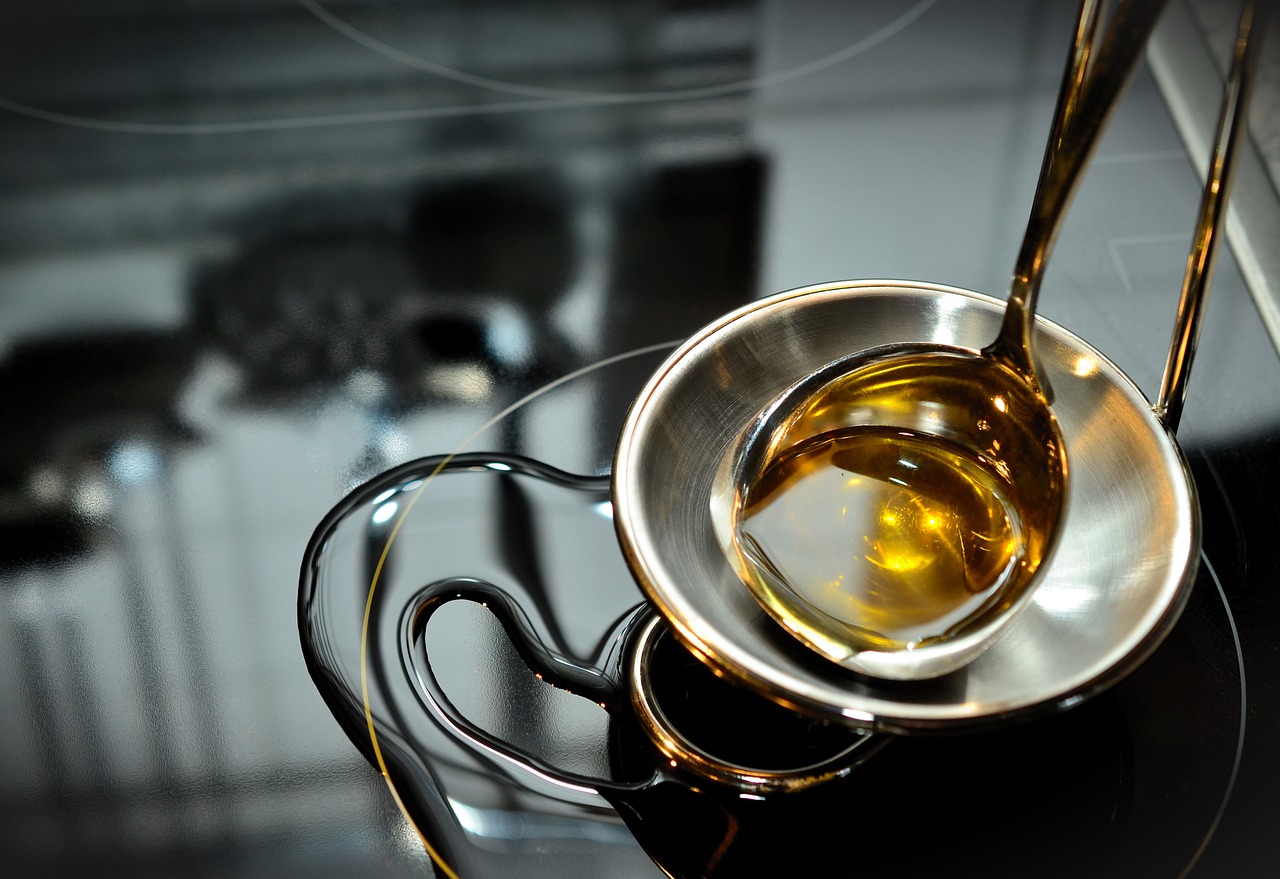
One common ingredient in bread is oil or fat, which helps to create a soft, moist texture.
Without oil or fat, bread can be dry and crumbly. Many different types of oil or fat can be used in bread recipes, including olive oil, coconut oil, butter, and lard.
Each type of oil or fat imparts its unique flavor to the bread. Some people prefer to use a single oil or fat, while others like experimenting with different combinations.
While oil or fat is not necessary for bread, it does contribute to the overall flavor and texture. The oil improves the bread’s texture, flavor, and moisture.
Vegetable oil contains a high concentration of fatty acids and lecithin, making the dough easier to handle and less sticky. They also help bread last longer by keeping it soft for extended periods.
8. Eggs
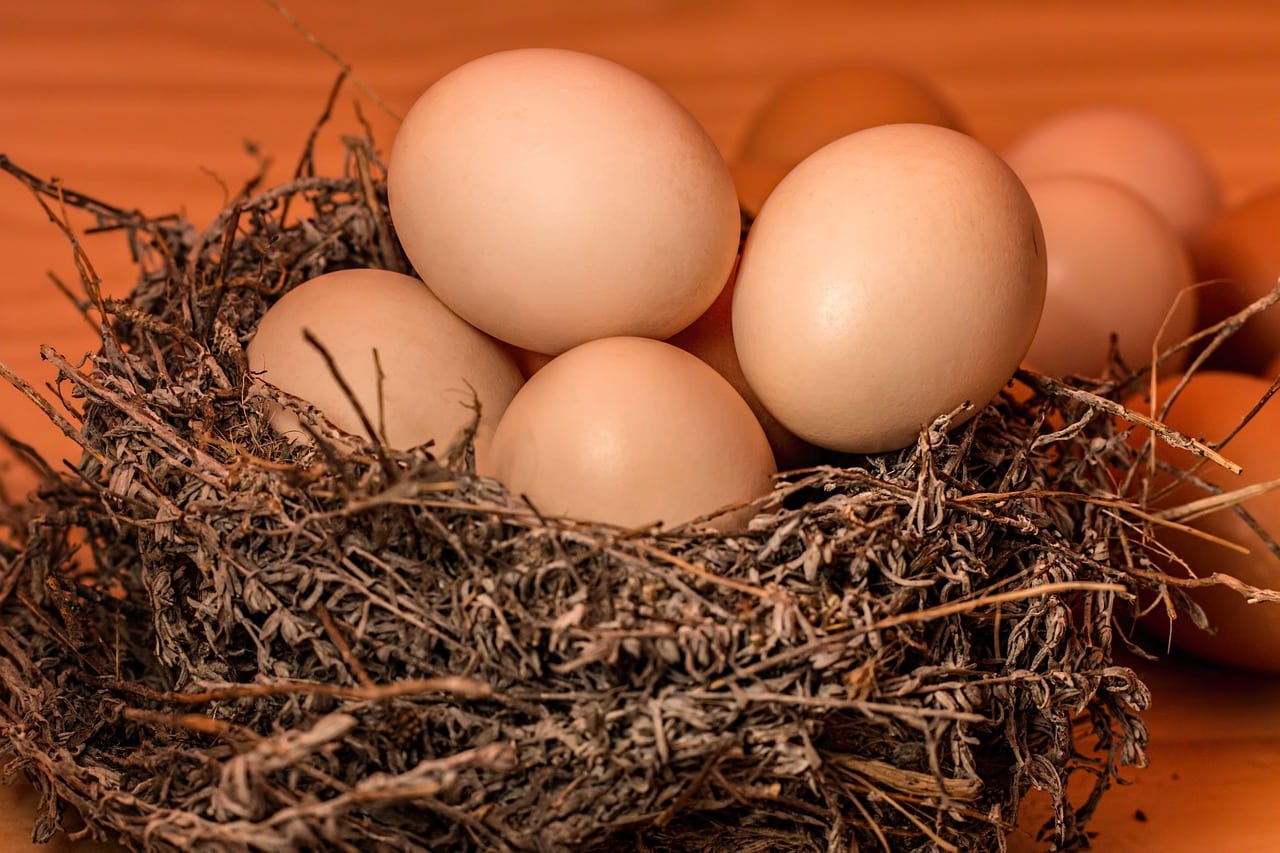
Eggs are an ingredient in bread. We use eggs to add richness, lightness, and color.
Eggs are high in protein, which tightens the gluten strands, but the fat balances this effect in the yolk, softening the gluten.
The addition of eggs results in softer bread. Many types of bread require a rigid structure, such as hard rolls, and eggs are not used in the recipe.
Eggs are a high-protein source that supplements gluten and holds the dough together. This helps the bread rise and makes soft and fluffy bread.
When baking, adding eggs improves the browning of the bread or pastry.
They impart a distinct, rich flavor to baked goods while extending their shelf life.
Eggs add moisture and protein to bread, helping to create a richer, more satisfying final product.
They also act as a binding agent, helping to hold the ingredients together.
Whether making a quick loaf of banana bread or a more complicated braided challah, you can sweeten it with eggs.
9. Honey

Honey is also an ingredient in bread. It is one of the most popular ways to sweeten and flavor bread.
Bread made with love is often more moist and flavorful than bread made with other sweeteners, and honey’s natural sugars help to brown and caramelize the crust.
Honey is also a good energy source and has health benefits when consumed in moderation.
Whether you are looking for a new way to flavor your bread or a more nutritious option, honey is a great choice.
Try it in your next loaf and see how delicious and versatile it can be; honey is often used as a sweetener for bread.
We also use it to add flavor and moistness to bread. You can apply honey to any bread, including whole wheat, white, and rye bread.
10. Starter
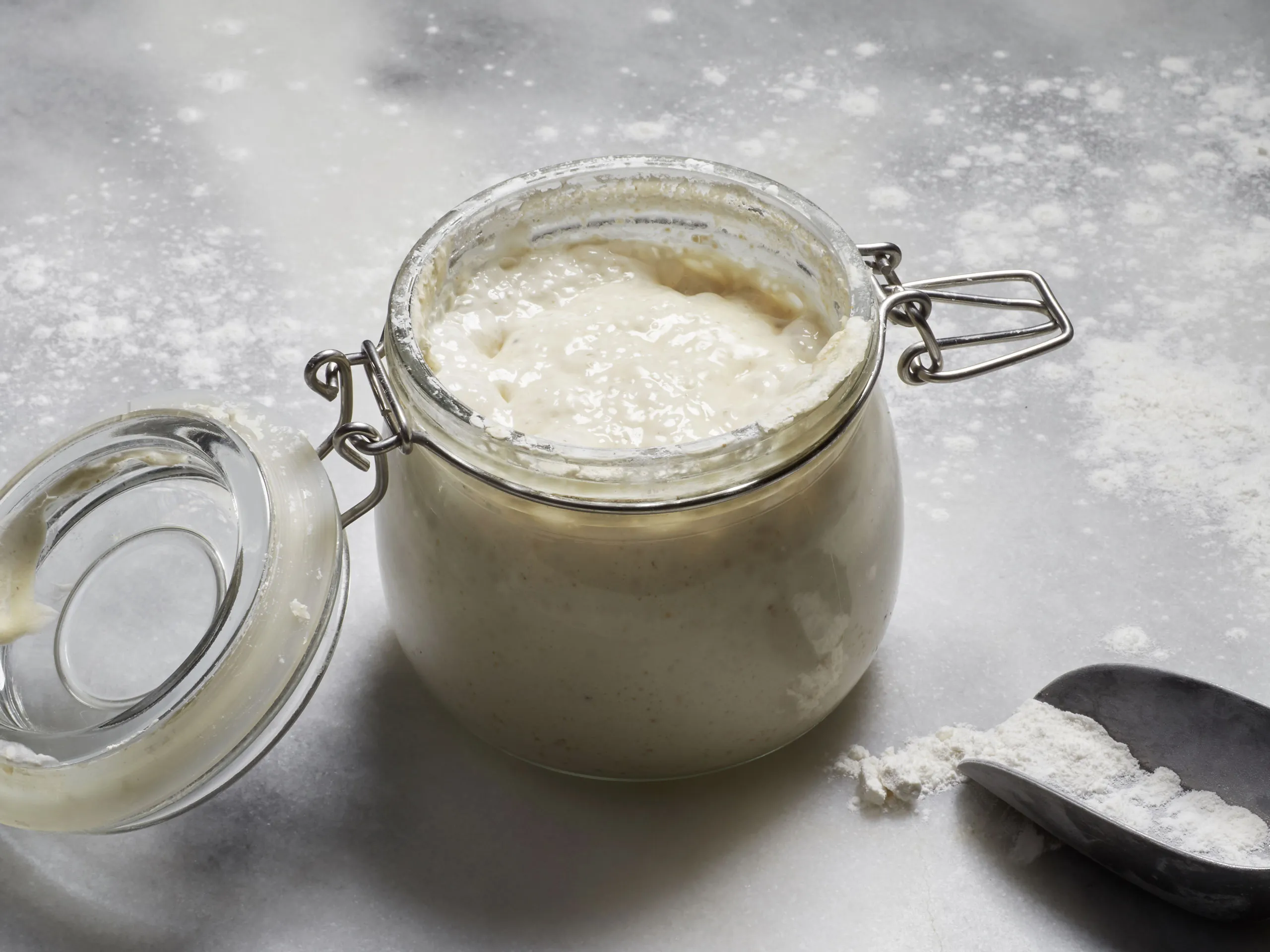
The starter is one of the key ingredients for bread. It is a fermented mixture of Flour, water, and often yeast. You use it to leaven bread, giving it a light and airy texture.
The fermentation process also provides bread with a subtle sourdough flavor.
Bread made with a starter is often more nutritious than bread made with commercial yeast.
This process breaks down some of the complex carbohydrates in Flour, making them more easily digestible.
Fermentation also creates vitamins and other beneficial compounds that promote good gut health.
If you’re interested in making bread at home, consider using a starter as one of your ingredients.
It will give your bread a delicious flavor and a nutritional boost.




